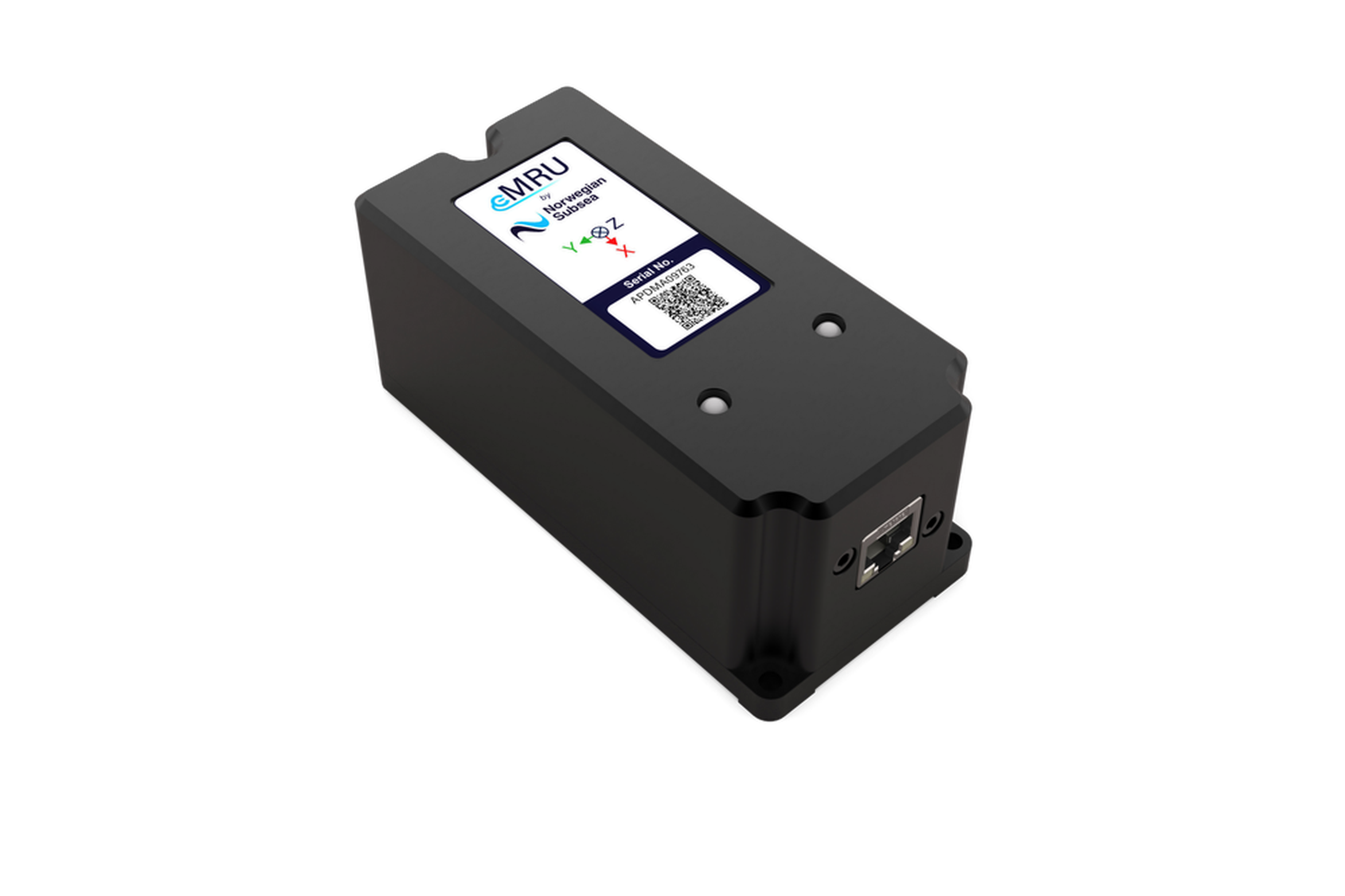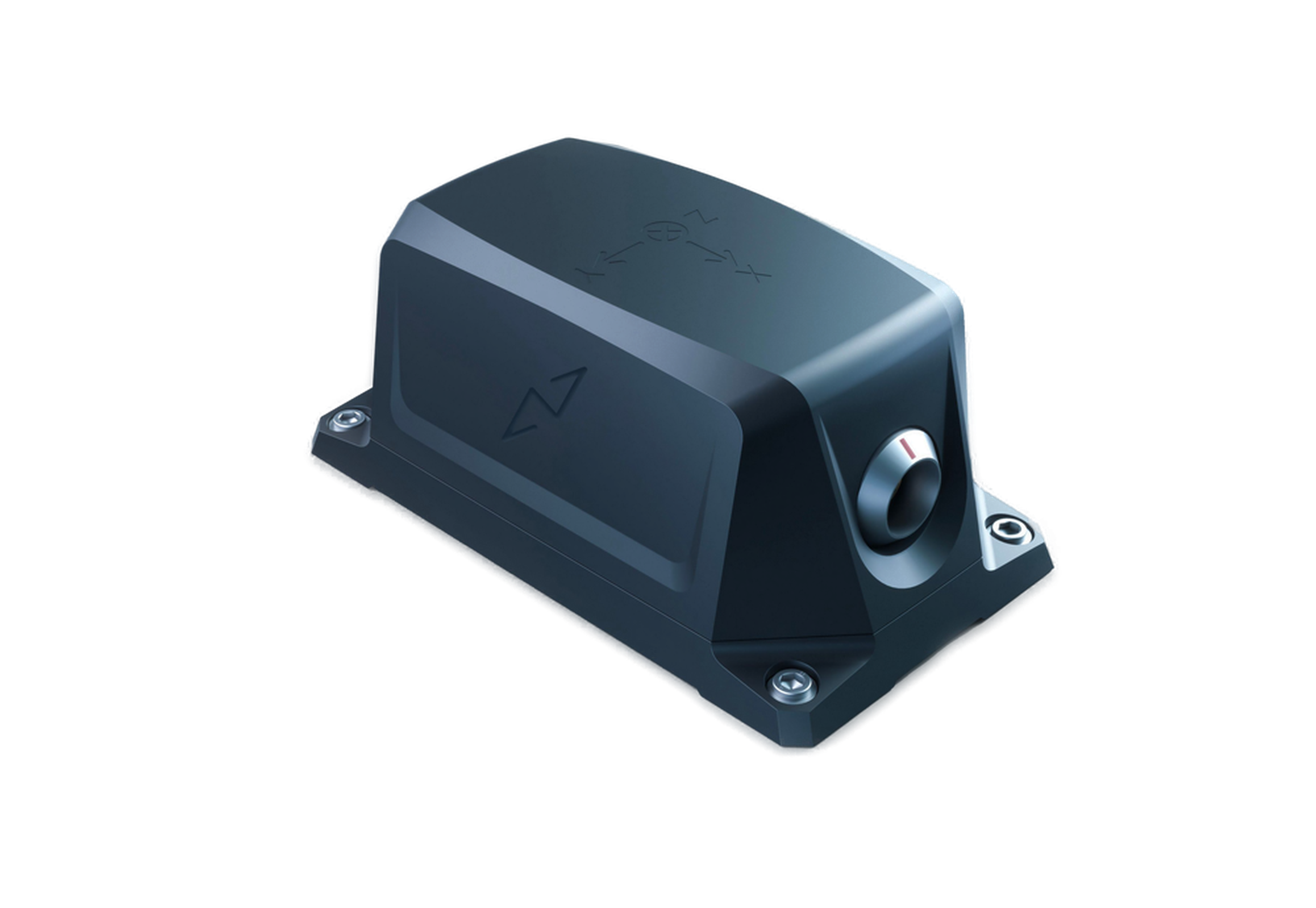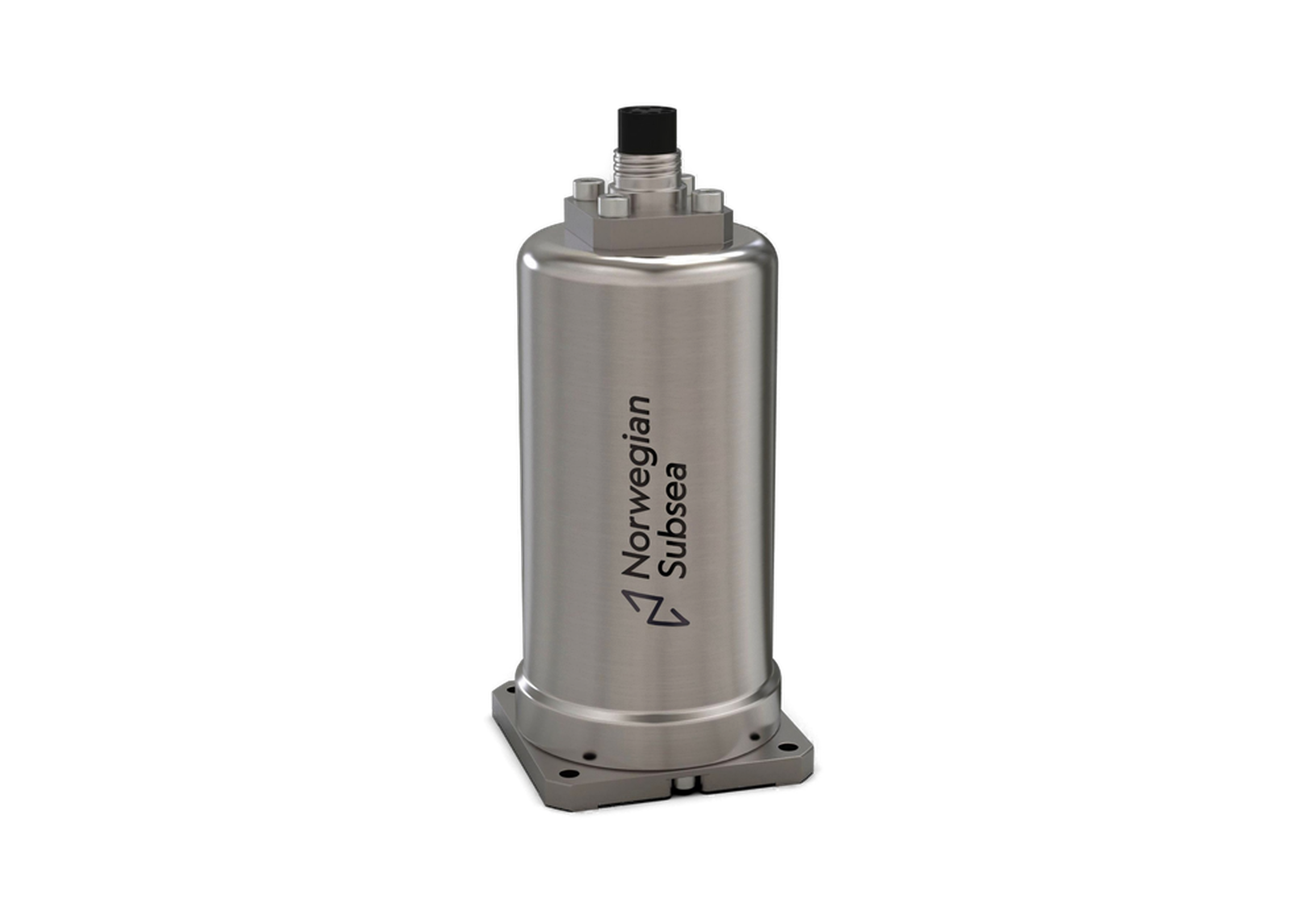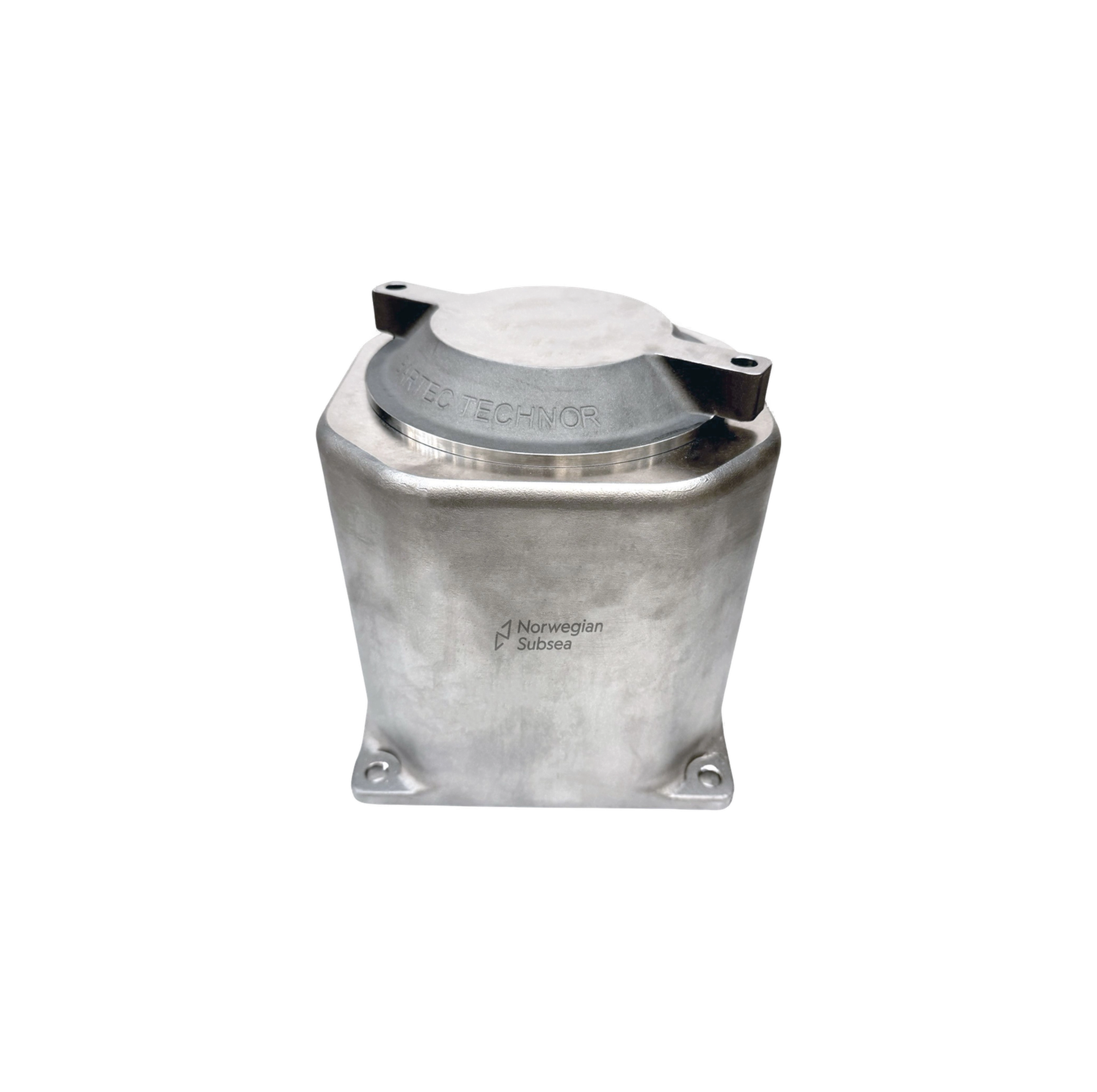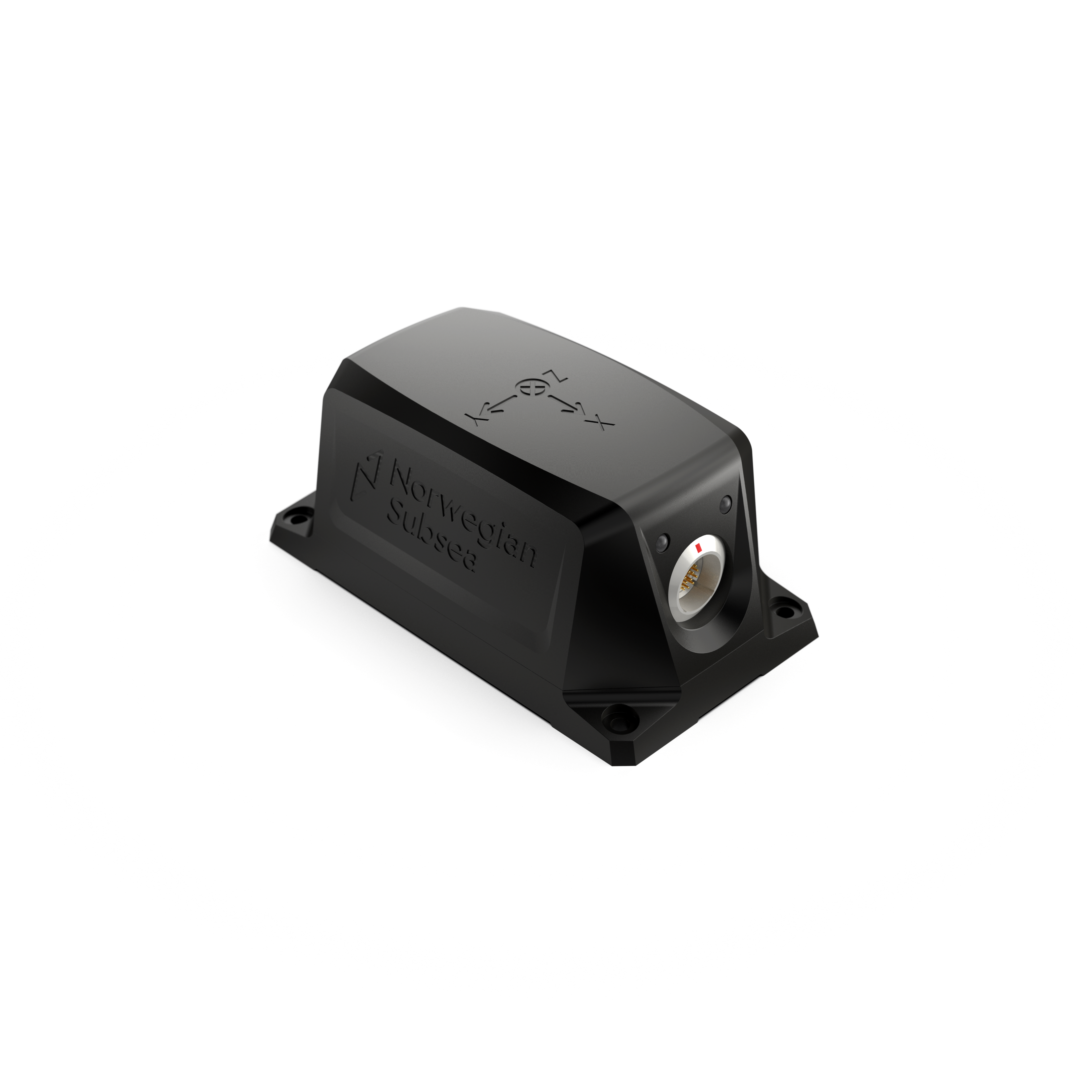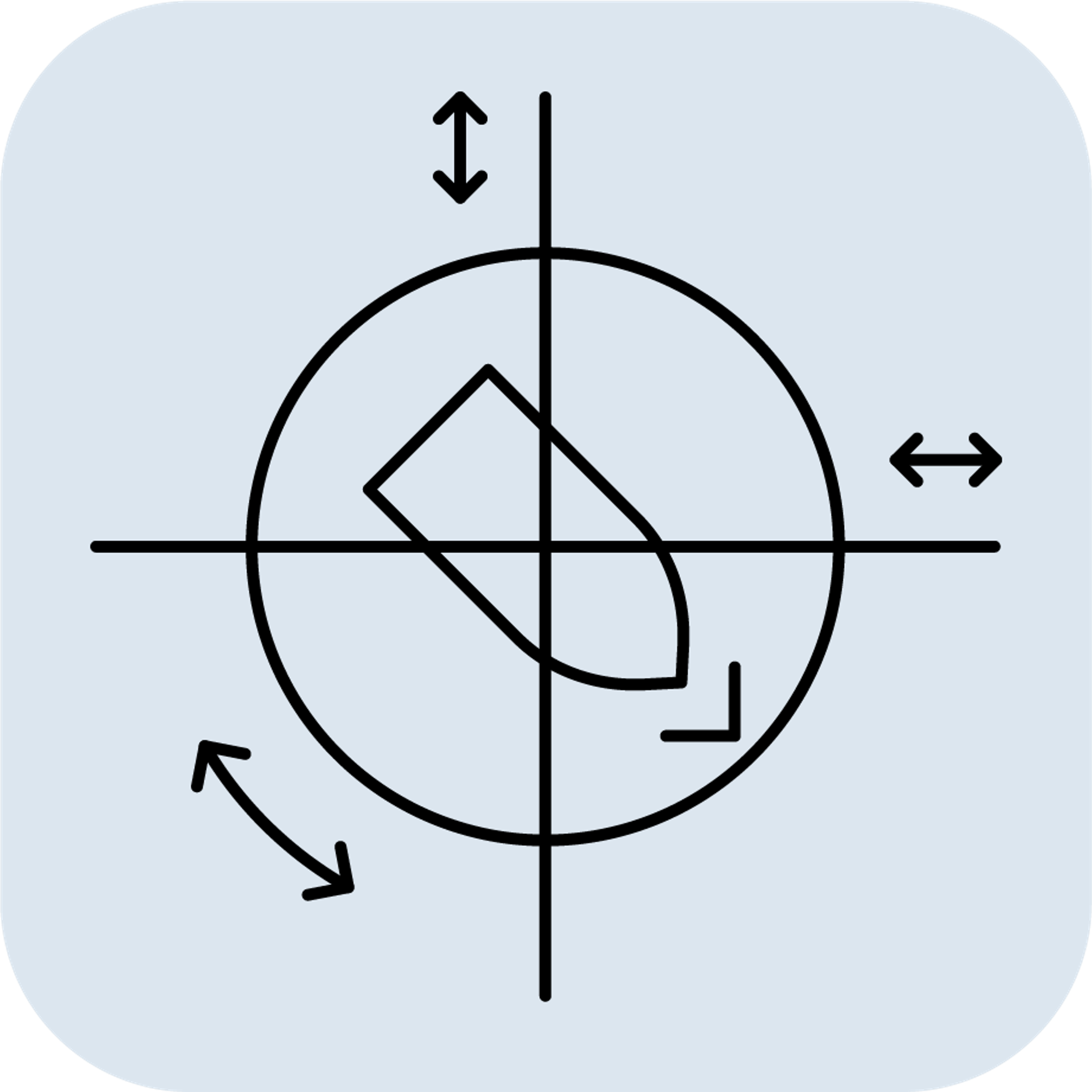How is a VRU used for instrument compensation?
A VRU is an advanced device that measures the attitude (roll and pitch) of an object using high-end accelerometers and gyroscopes, combined with advanced sensor fusion algorithms. VRUs provide very accurate roll and pitch measurements, even in dynamic environments.
In applications requiring real-time, high-accuracy roll and pitch data the VRU's precise Roll and Pitch data allows control systems to react effectively. For example, motion compensation of GNSS antenna for dynamic positioning (DP-systems), stabilizing fins on vessels or advanced Instrument compensation: Used in monitoring and control systems where only roll and pitch data is needed.
Norwegian Subsea offers high-performance VRU versions across our entire MRU product line (Compact, Marine, Subsea, Ex). These units deliver the same exceptional Roll and Pitch accuracy (available in ±0.05°, ±0.02°, or ±0.01° depending on the series) as our full 6DoF MRUs, even in complex, irregular motion conditions. By focusing solely on angular measurements, our VRU versions provide a highly reliable and cost-effective solution for advanced motion control applications where Heave, Surge, and Sway data are not required.
Comparison to MRU: A VRU shares similarities with an MRU, incorporating real-time, high-precision accelerometers and gyroscopes along with advanced sensor fusion algorithms in a single self-contained unit. Both devices calculate coupled motions across all six degrees of freedom (DoF): Roll, Pitch, Yaw, Surge, Sway, and Heave. However, while the MRU outputs data for all six DoF, the VRU is limited to providing roll and pitch data only. This restricted output makes the VRU generally more cost-effective than the MRU.
